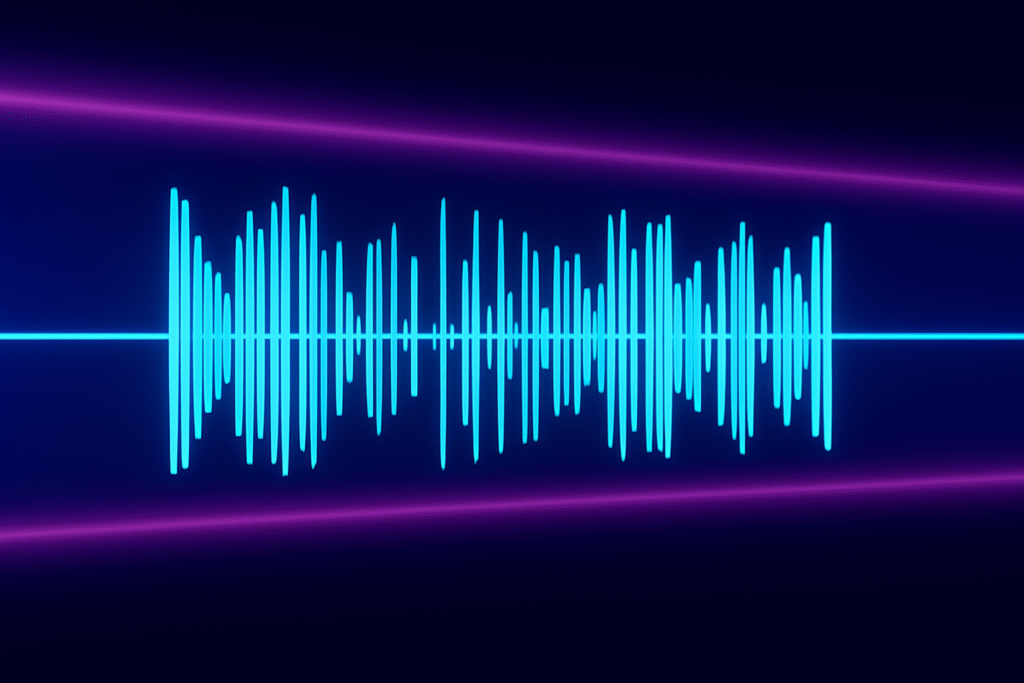In the evolving landscape of pain management, a novel intervention is striking a harmonious chord — literally. A recent pilot study published in Neuromodulation explores a promising technique known as Musical Vibroacupuncture (MVA), where carefully tuned vibrations — based on musical chords — are applied to specific acupuncture points on the body. This innovative method may offer a practical, non-invasive alternative to conventional pain relief strategies.
What Is Musical Vibroacupuncture?
Musical Vibroacupuncture blends traditional acupuncture knowledge with principles of musical harmony. Instead of needles, vibrational frequencies are delivered to acupuncture points using skin-mounted electromagnetic transducers. Unlike traditional vibroacupuncture (VA), which uses a single frequency, MVA layers multiple harmonically consonant frequencies, mimicking the structure of a musical chord.
In the study, the researchers applied simultaneous frequencies of 32, 48, and 64 Hz — corresponding to musical intervals — across five key acupuncture points historically used for pain and anxiety modulation:
-
LI 4 (Hegu) on the right hand (64 Hz)
-
YINTANG on the glabella (64 Hz)
-
CV 15 (Jiuwei) on the xiphoid appendix (48 Hz)
-
CV 4 (Guanyuan) on the lower abdomen (32 Hz)
-
LR 3 (Taichong) on the left foot (32 Hz)
Participants underwent three randomized sessions on alternating days, receiving either MVA, single-frequency VA, or a sham procedure (SP) with no vibration.
Cold Hands, Warm Data: Testing Pain with the Cold Pressor Test
To evaluate the efficacy of these interventions, researchers employed the Cold Pressor Test (CPT) — a widely used method to induce and measure pain perception by immersing a hand in icy water. The test enabled assessment of pain threshold, pain tolerance, and intensity, as well as psychological responses using validated questionnaires like the Short-Form McGill Pain Questionnaire (SF-MPQ) and the State-Trait Anxiety Inventory (STAI).
Results That Resonate
The results were striking. Participants exposed to MVA showed significantly higher pain tolerance than those receiving either the sham procedure or single-frequency VA. Specifically:
-
Pain tolerance improved markedly compared to both baseline and SP (p = 0.0043 and p = 0.006, respectively).
-
Pain intensity also decreased significantly with MVA compared to baseline (p = 0.007) and SP (p = 0.027).
Interestingly, traditional psychometric tools like SF-MPQ and STAI showed no significant differences across the groups. This suggests that the pain relief experienced was likely rooted in peripheral mechanisms, rather than emotional or cognitive modulation.
How Does It Work?
The researchers propose a mechanism grounded in established neuroscience: the activation of large-diameter A-beta fibers via vibrational stimulation inhibits pain signals at the spinal cord level (specifically in the dorsal horn), consistent with the gate control theory of pain. While the authors don’t rule out potential contributions from brain-level oscillatory processes, the absence of change in emotional pain perception hints at a primarily physiological rather than psychological effect.
A Promising Future for Pain Relief
Though the study involved a small group of healthy, pain-free volunteers, its implications are far-reaching. The authors conclude that MVA represents a promising, non-invasive, and scalable approach to managing pain — potentially applicable in clinical settings where conventional methods are limited or poorly tolerated.
With further validation through larger and more diverse trials, musical vibroacupuncture could someday become a powerful tool in the integrative pain management toolkit — offering a solution that’s not just effective, but also in tune with the body’s natural rhythms.
